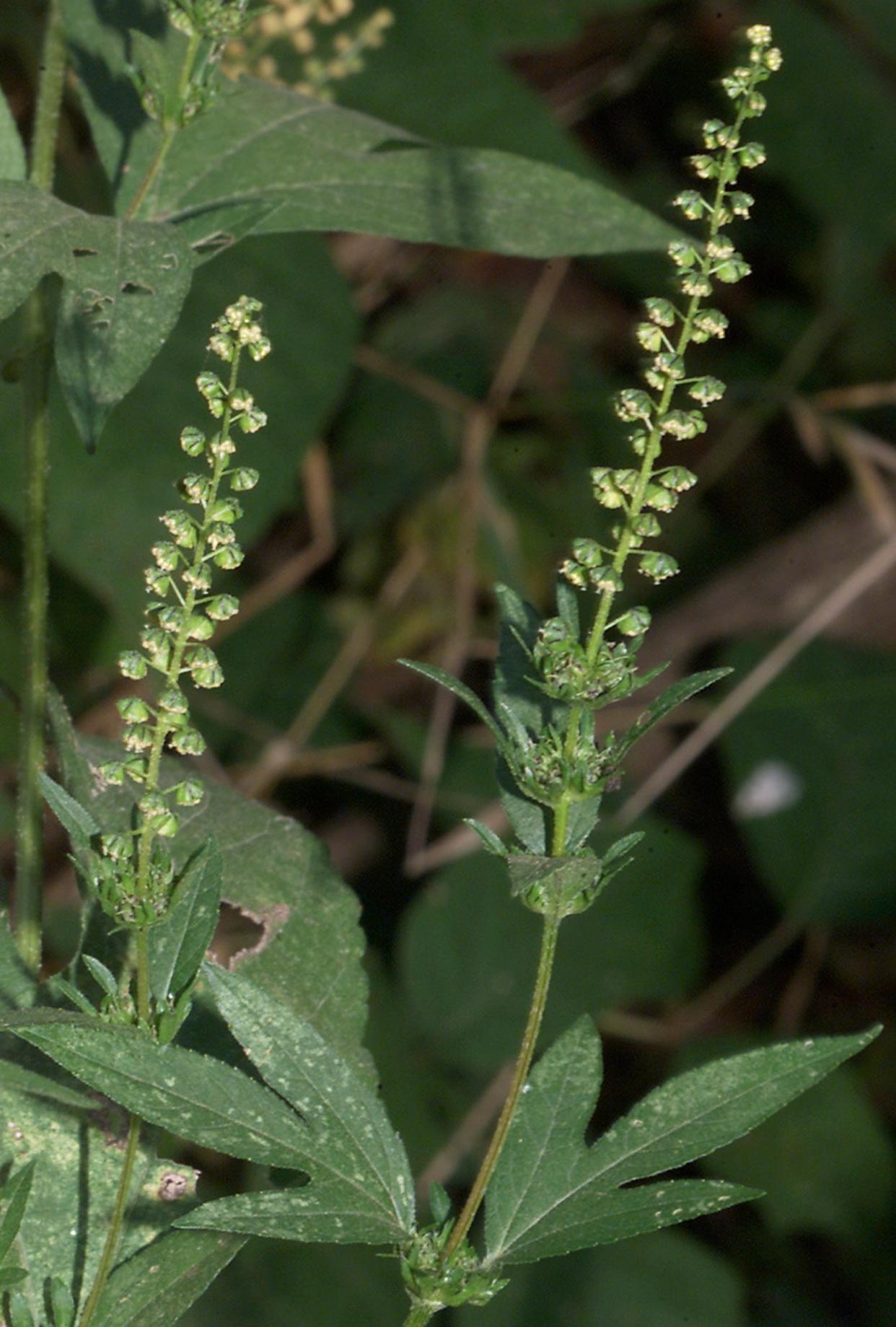COVID-19 or allergies? When to get tested and 3 things to watch for, per an Oklahoma expert

- Oops!Something went wrong.Please try again later.
It’s rough out there for allergy sufferers in Oklahoma.
Weed pollen, including ragweed, were at very high levels in Oklahoma City on Monday, according to a news release from the Oklahoma Allergy and Asthma Clinic. The clinic also sent out an alert Friday for weed pollen, saying it was at such high levels that it could cause severe symptoms in pollen-allergic Oklahomans.
For those with seasonal allergies, that may mean sneezing; itchy, watery eyes; nasal congestion; post-nasal drip. Those with allergic asthma also may cough or wheeze in response to their allergies, said Dr. Maya Gharfeh, a board-certified allergist with the Oklahoma Allergy and Asthma Clinic.
It's hard to know whether pollen levels will stay high, but generally, ragweed peaks in September and comes down by the middle to end of October, she said.
Unfortunately, many allergy symptoms look a lot like COVID-19 symptoms, including cough, congestion, sore throat and runny nose. If you’re trying to tell allergy symptoms apart from COVID-19, here are a few signs to keep in mind.
Fever is a ‘red flag’ for COVID-19
“One thing I really emphasize to patients is: allergies are really not going to give you a fever,” Gharfeh said. “So if there's fever going on, please get evaluated for COVID.”
Even with sinus infections, fevers are rare, she said. If someone is running a fever, “that should be a red flag.”
Another difference: Gastrointestinal issues like diarrhea, nausea or vomiting also can be symptoms of COVID-19 infection, and those symptoms are rarely the result of seasonal allergies.
Allergies tend to have a gradual progression
Where COVID-19 symptoms come on suddenly, allergies usually have a gradual progression, Gharfeh said.
“What we're seeing with COVID is that it's just really all of a sudden, coming down with very strong symptoms of sneezing, nasal congestion, coughing — all of a sudden, all of it, all at once,” she said.
Itchiness — itchy eyes or itchy nose — is generally only seen with allergies, Gharfeh said.
When to get a COVID-19 test
If you’re running a fever, it’s definitely worth getting tested for COVID-19, she said.
And if your normal over-the-counter allergy relief medicines — like antihistamines and nasal spray — aren’t having much of an effect, “that would raise a sign that maybe this isn't just allergies, and I would encourage getting a COVID test," Gharfeh said.
Consider other viruses
Keep in mind, too, that other respiratory viruses are circulating now, too — not just COVID-19.
In the summer of 2021, health professionals saw an abnormal surge in respiratory syncytial virus, which normally spreads in the winter and can be serious for children and elderly people.
Other respiratory viruses can sometimes look similar to seasonal allergies.
Knowing that several viruses including COVID-19 are circulating, it's important to be mindful of your symptoms and avoid spreading illness to others, Gharfeh said.
This article originally appeared on Oklahoman: Do I have COVID or allergies? Here's how to find out

